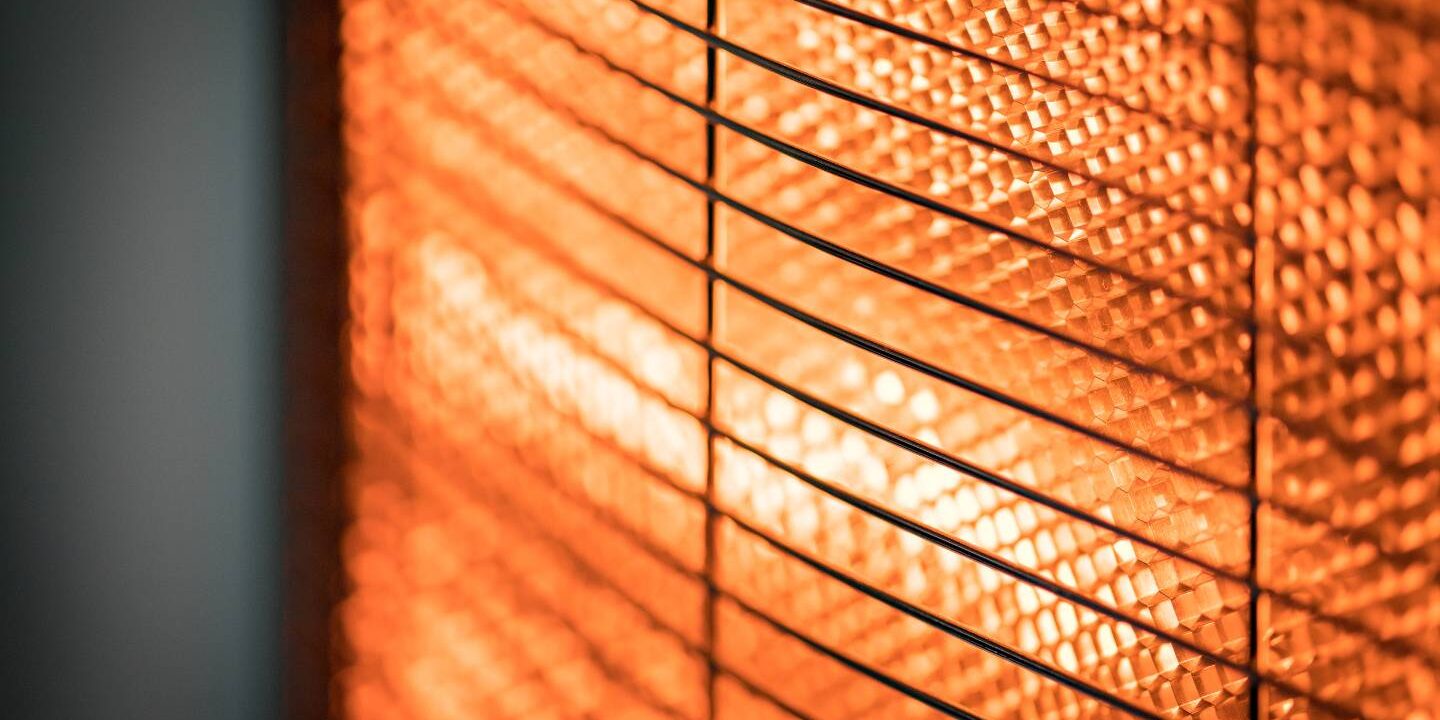7 Maintenance and Care Tips for Your Radiant Heater

Homeowners have a lot of options when it comes to heat. Electric, gas, oil, wood stove, solar, but which should they choose for their home?
When choosing the right heating system for your home, it is essential to consider that heating and cooling expenses can be substantial. Once you select a radiant heater as your primary heat source, keep it well-maintained and in good working order. Proper maintenance is vital to ensure that your radiant heater lasts for years.
So if you’re ready to learn more about radiant heater care, keep reading. Here are seven maintenance and care tips to keep in mind.
What is a Radiant Heater?
A radiant heating system is an innovative and cost-effective way to heat your home. The heating is often installed to heat your flooring but can also be installed to heat the wall panels or ceiling. The system heats up internally and then distributes the heat through the home. There are several models of radiant heaters available to purchase, for example:
- Wall-mounted radiant heaters
- Permanent floor radiant heaters
- Permanent ceiling radiant heaters
- Free-standing radiant heaters
You can purchase radiant heaters that run on gas, electricity, solar power, or water. Additionally, there is also a hybrid model you can look into if necessary.
Tip #1. Check and Repair Damaged Pipes
Our first tip for maintaining your radiant heater is to inspect your pipes and expansion tank for leaks. These leaks can badly damage your radiant heater by causing rust and corrosion.
If you spot any problems, have them repaired immediately. If you don’t, the issue will worsen and be more costly. If you need a second opinion or can’t do the repairs yourself, hire a professional HVAC contractor to perform the inspection.
Tip #2. Check System Pressure
Next, you want to check the system for low pressure. Low pressure for this type of heating system is not good and can result in your radiant heater working less efficiently. This means you will spend more money heating your home than anticipated.
As such, regularly performing maintenance tasks like checking the pressure ensures your heater is running smoothly and efficiently. Typically, the optimal pressure is between 10 and 20 pounds.
Tip #3. Observe Noise Levels
Another easy way to perform regular maintenance is to pay attention to the noise levels of your radiant heating system. Like a car, knowing the sounds your heater makes will notify you when something is off. For example, there should be no noise when your radiant heater works correctly.
If the noise level increases, this can be a significant indicator that something needs to be repaired or replaced. It’s best to call for a professional inspection to know your options.
Tip #4. Clean Visible Components
Like most electronic and gas appliances, these heaters need regular cleaning. Cleaning all visible components will remove any dirt that has built up.
This dirt, if left unattended, can negatively impact the running and performance of your radiant heating system. Regular radiant heater care will keep dust levels down, leaving your system well-maintained.
Tip #5. Regular Inspections
While this tip may overlap with our other recommendations, it’s worth mentioning that performing regular inspections is crucial to keeping your new radiant heater adequately maintained and functioning well.
If you cannot perform regular checks yourself, you can hire a radiant heater inspection company to do it for you.
Tip #6. Check pH Levels
One factor of radiant heater maintenance is keeping an eye on the pH levels. This is particularly important if you have a glycol-based heating system.
Glycol is a freeze-protectant ingredient in antifreeze, and if the levels run too low, then any metal parts may and will start rusting. This corrosion can cause severe damage that, if left untreated, can result in replacing the entire system.
Tip #7. Inspect and Recalibrate The Thermostat
Our seventh and final tip is to inspect your thermostat. Here you can see when it needs calibrating. You can also know when your thermostat needs readjusting if your floors run too hot or cold.
You want to keep the sensors running at optimal performance, so regular thermostat inspections are recommended.
Radiant Heater Frequently Asked Questions
Now that you know what maintenance to perform on your radiant heating system, we can look at some of the most commonly asked questions.
Is Radiant Floor Heating Safe?
Yes. Having a radiant heating system installed in your home is a very safe way to heat your home. With a radiant heater, there are no exposed elements that you could burn yourself on.
Does It Save Money?
It can, but the answer to this question depends on the type of system you purchase. Electric radiant heaters will be more expensive to run but cost less to install. Water systems cost more to buy and install but have more cost-effective long-term running costs.
What Floor Finish Is Best?
Thankfully, most floor finishes are perfectly acceptable for a radiant heating system. You can use stone, ceramic tile, or wood flooring.
How Long Does It Take To Warm Up?
This answer again depends on the type of system you purchase. For example, electric systems are quick to heat, but the time it takes will depend on the size of the room, the performance output of the radiant heating system, the floor finish, and insulation.
Take Better Care of Your Radiant Heater
Performing regular radiant heater maintenance can go a long way to identifying problems before they become larger and more costly. It can also help extend the life of your radiant heater. Set a schedule to do a regular maintenance check where you can inspect your pipes for leaks, the thermostat for recalibration, or the pH levels of the glycol to prevent rusting.Contact us today if you need an experienced team of professionals to look at servicing your radiant heater. It’s never too late to schedule a professional system inspection, so book one today.
